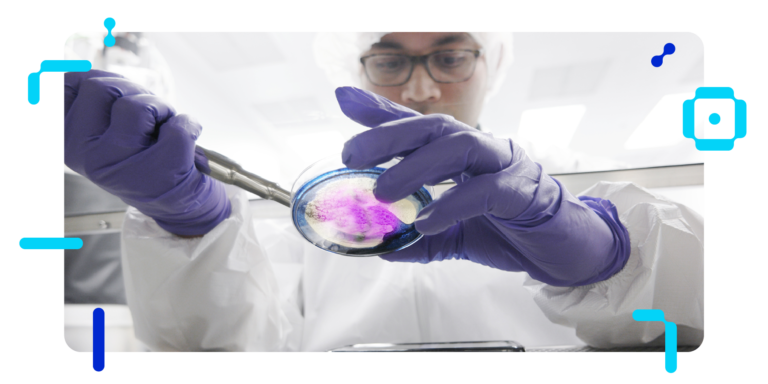In May 2022, Innoquest Pathology (formerly Gribbles Pathology) was officially launched.
We are the only multidisciplinary clinical laboratory in Malaysia to hold both College of American Pathology (CAP) and MS ISO 15189 accreditations.
Would you like to know more?
Customers can now expect more comprehensive testing abilities, state-of-the-art IT support systems, and an extensive global network of medical expertise.
Would you like to know more?
Customers can now expect more comprehensive testing abilities, state-of-the-art IT support systems, and an extensive global network of medical expertise.

SERVICES
We ensure the highest standards are met in every diagnostic field

CLINICIANS
Innoquest is a full-service medical laboratory with a comprehensive test menu

PATIENTS
We believe in promoting a proactive approach to optimal health

